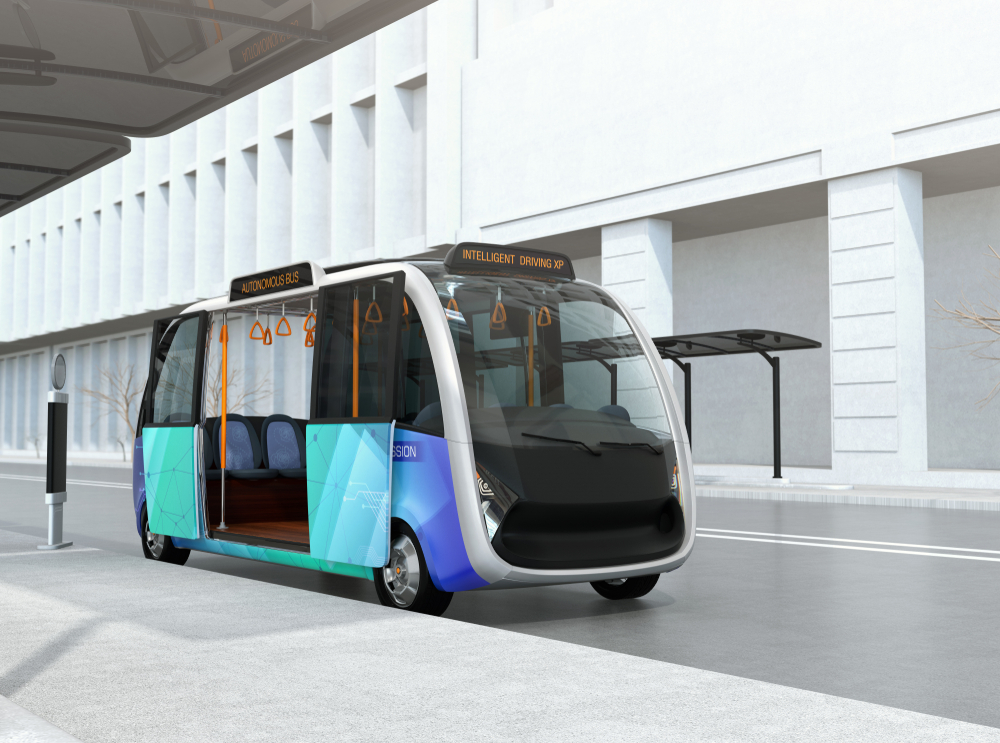Would You Be Transported By a Robot?

Once upon a time, transportation robots sounded like science fiction, but today, they are a reality. From Segway robots to robot scooters, these super-smart devices can transport people from Point A to Point B, just like conventional vehicles can. There's huge scope for robotics in the transportation sector. In the future, people might not have to drive themselves to work or wait for a bus.
The question is: Are people ready to be transported by a robot?
The Future of Robotics in Transportation
Many people are already familiar with robotics in transportation. Airport terminals, for example, carry passengers from the departures lounge to the boarding gate via driverless vehicles. Then there are driverless cars and buses. This type of autonomous tech is still in its infancy, however. What will the future hold? Will people travel to work or school in a self-contained driverless pod in the next few years? It's certainly possible.

While there has been a revolution in autonomous tech, people are still wary of these innovations. One British study reveals that just one in six people would feel safe in an autonomous vehicle. The reasons? People would rather be in control or just don't understand the tech properly. Moving forward, manufacturers will need to convince the general population that autonomous tech is safe and secure.
Transport Robotics for Accessibility
One recent innovation that could change lives is the self-driving wheelchair, which gets someone from Point A to Point B without the help of another person. This tech has already been trialed in some hospitals and airports. In a study carried out by the Singapore-MIT Alliance for Research and Technology, for example, these vehicles were able to navigate complex hallways without human intervention.
"The robot's computer uses data from three lidars to make a map." says IEEE Spectrum. "A localization algorithm then determines where it is on the map. The chair's six wheels lend stability, and the chair is designed to make tight turns and fit through normal-sized doorframes."
Then there's this "robot nurse," which delivers food and medication to patients, saving valuable time in hospitals and medical facilities.
What are the Different Types of Robotic Transportation?
There are various types of robotic transportation in development. These include:
• Driverless cars and buses.
• Robot pods.
• Robotic wheelchairs.
• Autonomous randomized robots.
• Line-following vehicles.
What are the Benefits of Robotics in Transportation?
There are numerous benefits of robotics in transportation. Advanced bots can transport people to their destination in the quickest possible time using GPS systems and other types of tech. Take this Segway robot, for example. It understands voice commands:
Robotics in transportation is still in its earliest stages, but the future looks positive. Companies around the world are investing in this technology to make travel less of a chore. In the future, perhaps, people won't have to wait for buses and can road accidents. Plus, driverless wheelchairs allow people to travel without the help of another person.
Picture Credit:
https://hiconsumption.com/segway-loomo-rideable-robot/
https://614now.com/2018/uncategorized/hopefully-downtown-driverless-shuttles-will-be-better-than-columbus-drivers
Source List:
https://www.scmp.com/magazines/post-magazine/long-reads/article/2142449/chinas-self-driving-vehicles-
track-take-global
https://www.intelligentcarleasing.com/autonomous-vehicles
https://spectrum.ieee.org/the-human-os/biomedical/devices/selfdriving-wheelchairs-debut-in-hospitals-and-
airports
https://www.wired.com/story/tug-the-busy-little-robot-nurse-will-see-you-now/
https://www.dezeen.com/2016/01/08/ninebot-robot-segway-hoverboard-ces-2016/
Thanks for helping to keep our community civil!
This post is an advertisement, or vandalism. It is not useful or relevant to the current topic.
You flagged this as spam. Undo flag.Flag Post


